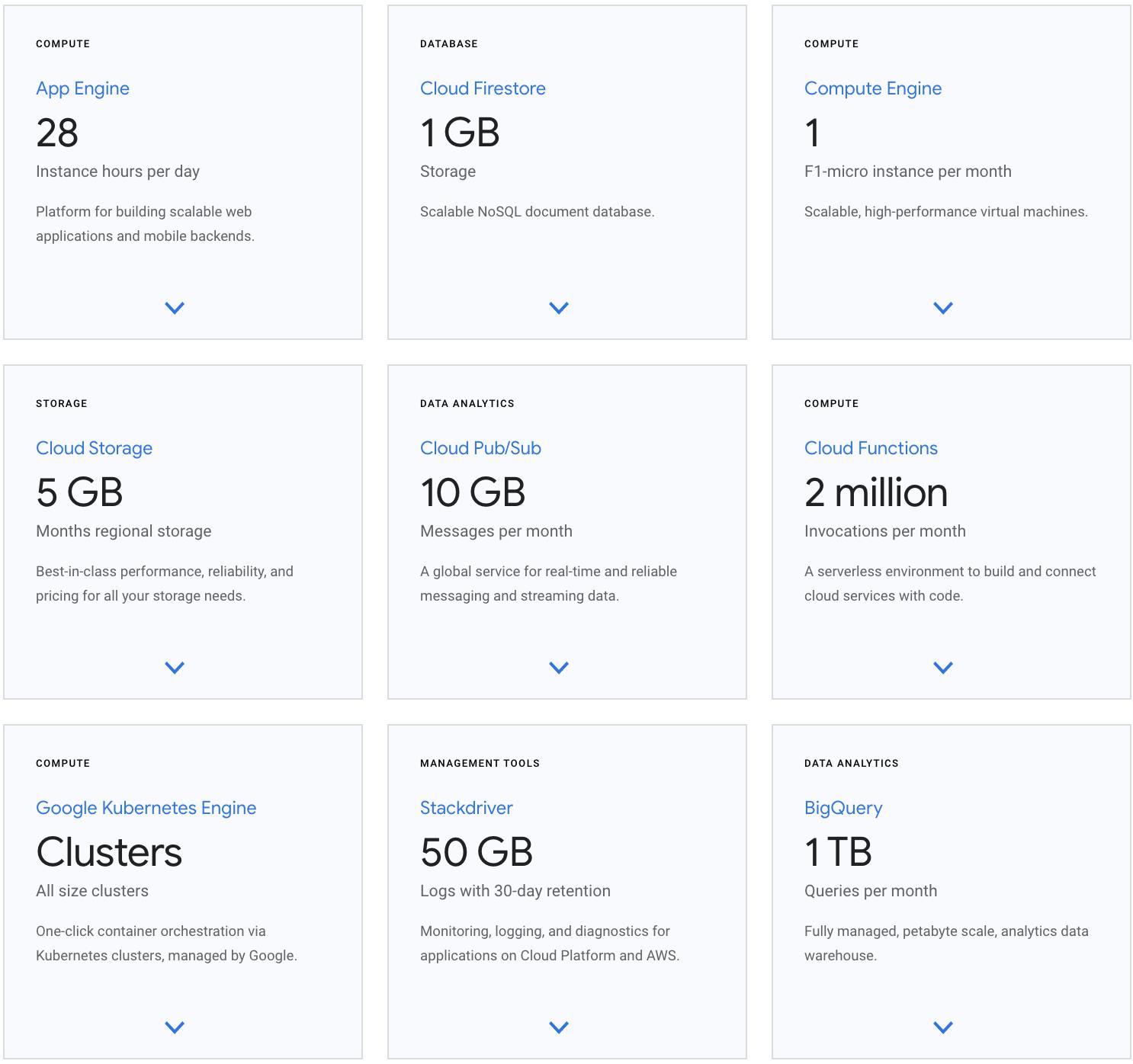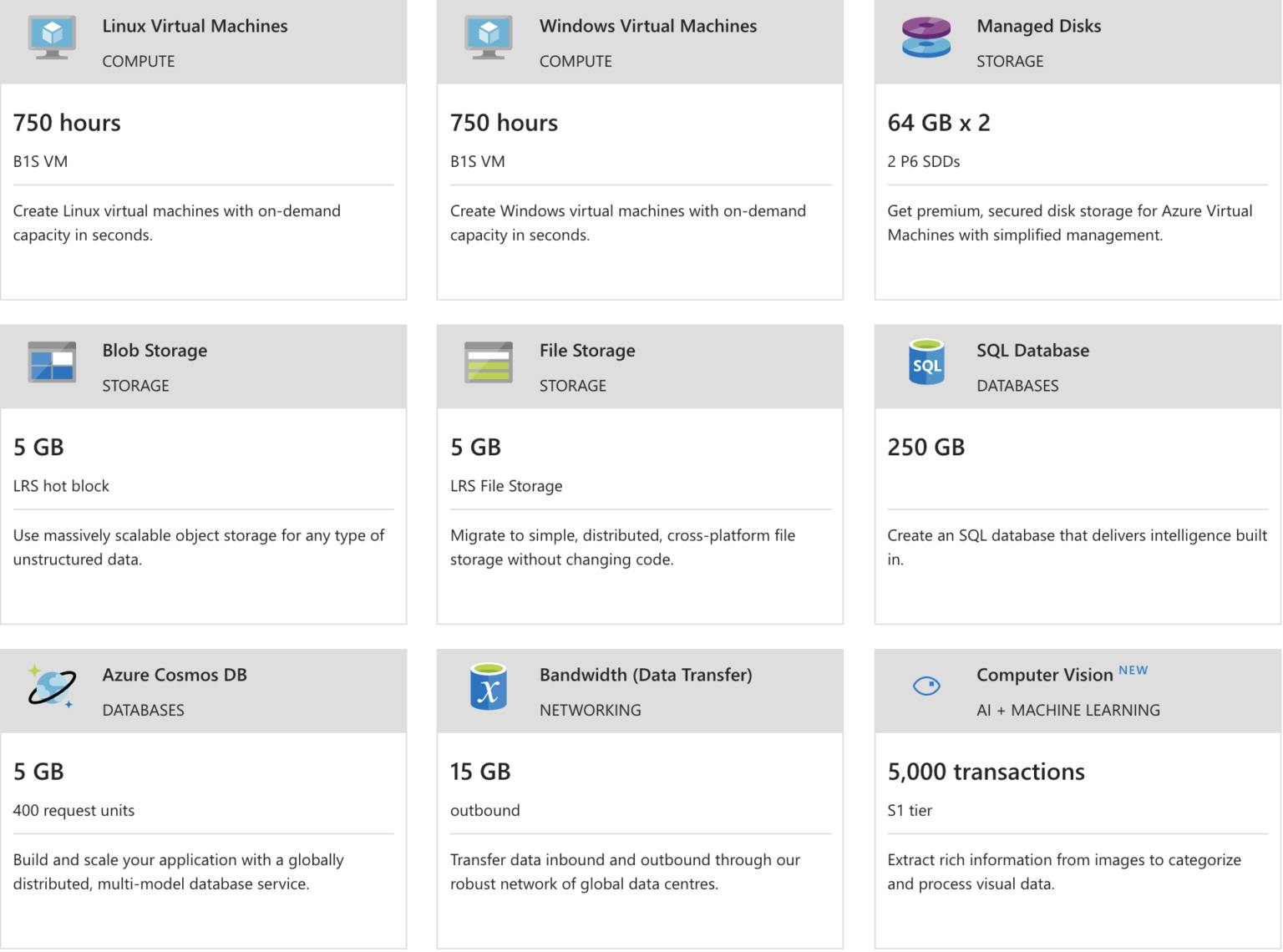I get a lot of messages on my LinkedIn expressing their interest to change their carrier path to DevOps. So I have decided to write a blog post about how you can transform yourself from a system admin role to DevOps/Cloud Engineer/Solution Engineer. One concern I am hearing from them is they don’t get to chance to practice on real-time projects. I am covering some real-time projects and examples to get started with your transformation journey. In this blog, I will mostly post links to videos and blogs and training courses.

Before we begin
“Only you can change yourself, no one can do it for you” . So when you decide transformation only you can transform, others can inspire you but at the end of the day you are one have to do it. Remember transformation is a continuous process. Hard work and dedication always pays off. So before you start to prepare your mind to and set the goal. Better you understand about past roles, skills can help plan for the future transformation.
Understanding sysadmin role
I will list some duties/tasks sysadmin might be doing in their current role.
Managing and hardware like Servers, Desktops, Storage devices, Switches, Routers
Installing and configuring software like OS, Applications, software licensing, antivirus
Some of them have managed web servers, application servers, middle-wares, database servers
Managing Storage and Backups
Managing Active directory
Automating using Shell or Powershell
Starting your journey

When you start your journey with cloud, don’ think your current skills and what you are doing will become irrelevant. The same operating system, web servers, application servers , database servers going to use in the cloud also.
Choosing a Cloud Provider to Learn
The most important question running in your mind is which clouds service provider. A cloud service provider is a third-party company offering a cloud-based platform, infrastructure, application, or storage services. Much like a homeowner would pay for a utility such as electricity or gas, companies typically have to pay only for the number of cloud services they use, as business demands require. Major cloud service providers are Amazon Web Services, Google Cloud, Microsoft Azure Cloud, Oracle Cloud.
It doesn’t really matter which service provider you pick to start your journey. It is easy once you are familiar with one cloud service provider and then easy to understand any other cloud service provider. Most of the cloud service provider provides.Compute ,Storage,Network,Database,DNS,Security .
I am covering most of the topics related to Amazon Web Services.
Free usage tier
When you are getting started with learning cloud, you don’t need to pay from your pocket. Most of the cloud providers give you credits to get started, this is enough for learning and deploying a small application
AWS provides 750 hours of usage free per month. This means you can spin up a single server and use it for a month, you won’t be charged
Google Cloud provides get $300 to spend on Google Cloud Platform products during the first 12 months.You won’t be charged there is no charge to use these products up to their specified free usage limit.

With Azure, most popular services are free for the first 12 months

So don’t worry about paying from your pocket and go and sign up
Lets burst some clouds and bring some rain
To begin with the cloud I have come across one very good old video. I would highly recommend you all go through when you start your journey. you will learn what is cloud computing, use cases of cloud computing, and myths about cloud computing
Once you understand basic concepts cloud computing lets move on to learning some basic building block that is computed service. AWS named their servers as EC2. It is nothing but Windows or Linux servers VM which you use in on-premise. So as the first lab Exercise I would you to start with launching EC2 instance. You can launch a windows server or Linux server. In this exercise, you are going to perform three tasks
Launch an instance: docs.aws.amazon.com/AWSEC2/latest/WindowsGu..
Connect to an instance docs.aws.amazon.com/AWSEC2/latest/WindowsGu.. rted.html#ec2-connect-to-instance-windows .
Terminated your instance to save costs docs.aws.amazon.com/AWSEC2/latest/WindowsGu.. rted.html#ec2-clean-up-your-instance
Once you complete try to understand to bellow components of EC2
Basics
- Instances and AMIs
- Regions and Availability Zones
- Instance Types
Networking and Security
Amazon EC2 Key Pairs
Security Groups
Elastic IP Addresses
Amazon EC2 and Amazon VPC
Storage
Amazon EBS
S3
Please go through this video link once you have gone through aws documentation
youtube.com/watch?v=vXBeO9vQAI8.
Don’t move onto the next topic unless you have gone through these documentarians and video links. Please leave your comments bellow
I will cover the next topic in my next blog post
